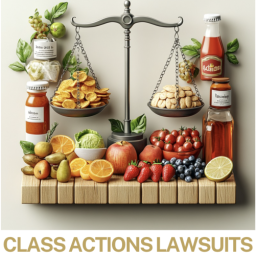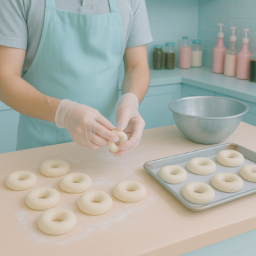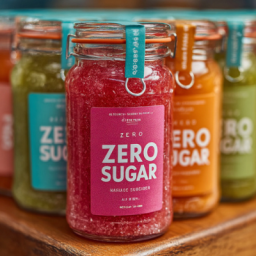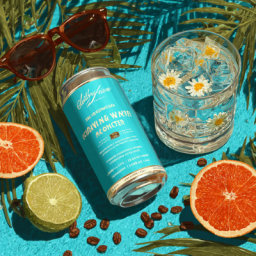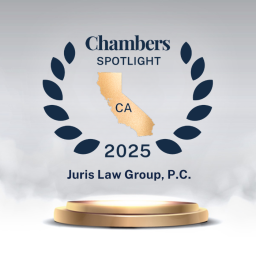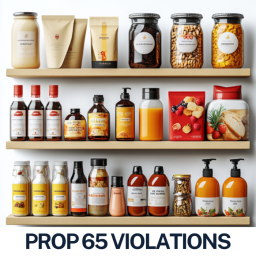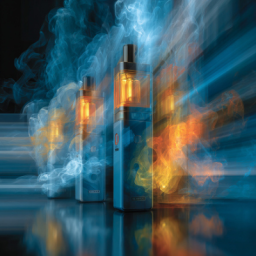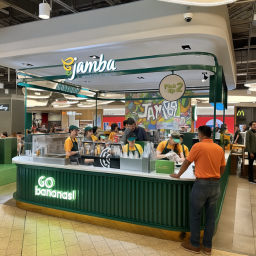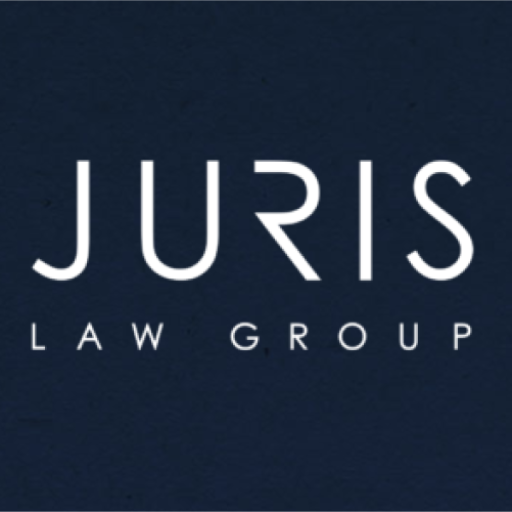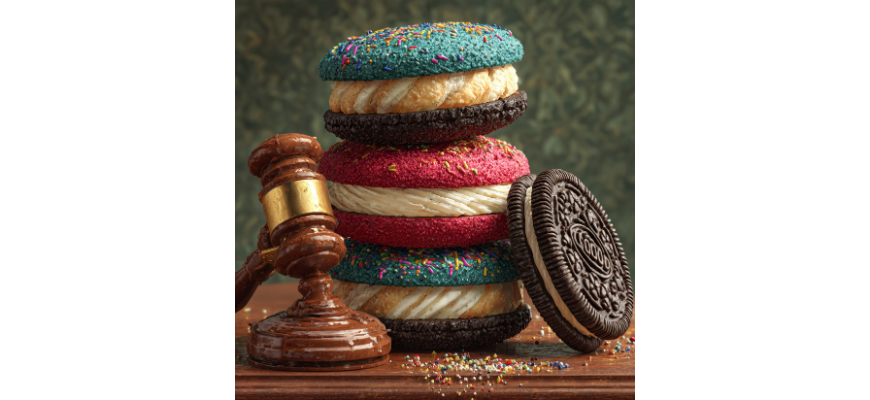
Quick Answer: In the past two years alone, millions of consumers have been affected by cookie recalls. The most common causes are undeclared allergens (milk, nuts, gluten, eggs), foreign contaminants (wood, plastic, pathogens), and packaging errors. Every single one of these recalls could have been prevented with stricter quality control, allergen protocols, and packaging safeguards.
At Juris Law Group, we help food and beverage companies navigate these risks by building compliance programs, drafting strong manufacturing agreements, and advising on FDA, USDA, and Prop 65 regulations. If you want to see real-time recalls and learn how to protect your brand, visit our Recall Center.
What Were the 14 Cookie Recalls and Why Did They Happen?
1. Target – Favorite Day Frosted Sugar Cookies (2025)
- Cause: Wood contamination.
- Prevention: Stricter ingredient screening and debris detection.
2. Nestlé Toll House Cookie Dough (2023)
- Cause: Wood fragments in dough.
- Prevention: Supplier audits and foreign object detection.
3. Sweet Loren’s Sugar Cookie Dough (2022)
- Cause: Undeclared gluten.
- Prevention: Allergen segregation and labeling audits.
4. Amazon Fresh Jumbo Sugar Cookies (2025)
- Cause: Undeclared egg allergen.
- Prevention: Label verification and allergen-clean production lines.
5. J.Sweets (L’espoir & Drycapot Cookies) (2025)
- Cause: Undeclared milk and tree nuts.
- Prevention: Mandatory allergen cross-checks.
6. Lidl/Stew Leonard’s Florentine Cookies (2024)
- Cause: Undeclared peanuts (led to a fatality).
- Prevention: Third-party allergen audits and recipe verification.
7. Carley’s Soft Baked Iced Lemon Cookies
- Cause: Misbranded color additive.
- Prevention: Regulatory compliance reviews for labels.
8. CraftMark Bakery Frozen & Ready-to-Eat Cookies
- Cause: Plastic contamination.
- Prevention: Plastic detection systems and maintenance.
9. KTM Coconut Cookies
- Cause: Undeclared milk allergen.
- Prevention: Ingredient declaration checks.
10. Hy-Vee To Go Cookies & Cream Mix
- Cause: Potential Salmonella contamination.
- Prevention: Pathogen testing and supplier hygiene programs.
11. Rise Baking Cookie Dough (2024)
- Cause: Salmonella contamination.
- Prevention: Validated kill-step processes.
12. Food Lion Gourmet Chocolate Chunk Cookies
- Cause: Peanut contamination from supplier.
- Prevention: Supplier allergen certifications and batch testing.
13. Safeway Peanut Butter Cookie (2023)
- Cause: Peanut butter cookie mislabeled as oatmeal raisin (fatal reaction).
- Prevention: Barcode scanning for packaging accuracy.
14. Blue Bell Ice Cream (Cookie Dough Cartons, 2025)
- Cause: Nut-containing Moo-llennium Crunch mispackaged as Cookie Dough flavor.
- Prevention: Packaging line segregation and verification scans.
The Bigger Picture: Why Cookie Recalls Keep Happening
Cookie recalls highlight systemic risks in food manufacturing and distribution:
- Foreign Contaminants – Metal, plastic, and wood fragments often enter through equipment failure or raw ingredient processing.
- Allergen Mislabeling – The most common cause of recalls, often due to weak allergen control programs.
- Packaging & Labeling Errors – A misprinted label or wrong packaging can trigger a nationwide Class I recall.
- Pathogen Contamination – Doughs and mixes are high risk if sanitation and testing protocols fail.
For food companies, the costs are massive: lost revenue, legal liability, reputational damage, and regulatory scrutiny.
How Food Companies Can Prevent Recalls
- Implement Robust Allergen Control Programs: Segregated production, double verification of labels, and training.
- Invest in Detection Technology: Metal/plastic detection and barcode scanning should be industry standard.
- Conduct Regular Supplier Audits: Require certificates of analysis and test raw ingredients.
- Pathogen Testing: Proactive testing of dough, mixes, and facilities to prevent Salmonella and Listeria outbreaks.
- Crisis Preparedness: Develop a recall response plan that emphasizes transparency and consumer trust.
At Juris Law Group, we help companies put these safeguards into place before problems arise.
FAQ: Cookie Recalls & Legal Risk
Q: What is the #1 cause of cookie recalls?
A: Undeclared allergens (milk, nuts, gluten, eggs).
Q: Can consumers sue for damages caused by a recall?
A: Yes. Consumers can bring product liability, negligence, and wrongful death claims.
Q: How can food brands protect themselves?
A: By investing in compliance programs, supplier agreements, and routine quality audits, and by having strong legal counsel in place.
Final Takeaway
Cookie recalls aren’t just isolated mistakes—they are predictable failures that can be prevented. For consumers, they are reminders to stay informed. For companies, they are warnings: without strong compliance and quality assurance, recalls are inevitable.
To stay ahead of food recalls and learn how to protect your company before disaster strikes, visit our Recall Center. It’s a free resource built by Juris Law Group to track USDA and FDA recalls and give businesses the tools they need to be proactive.
